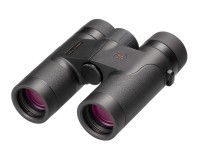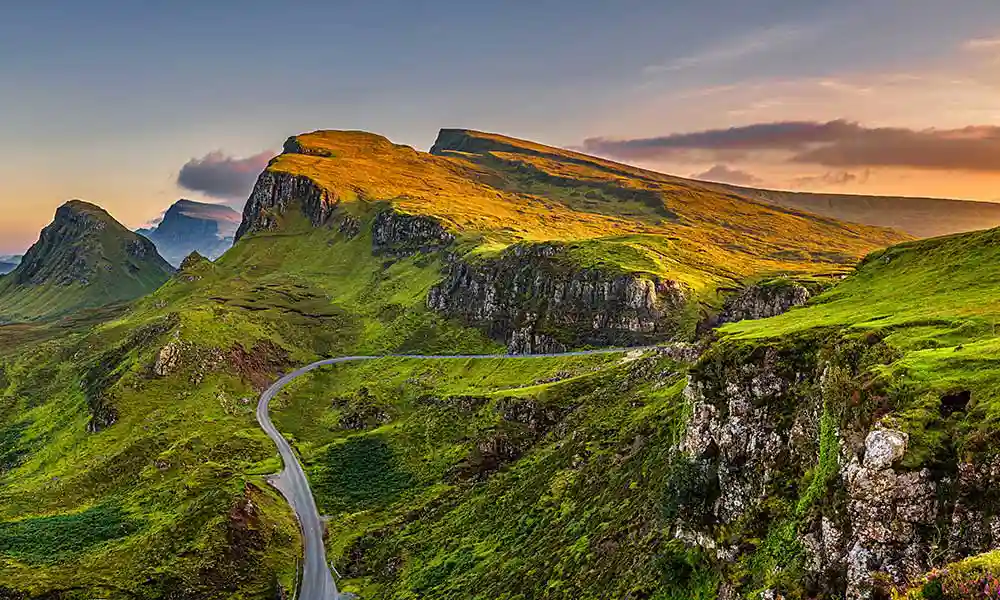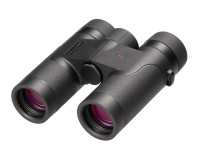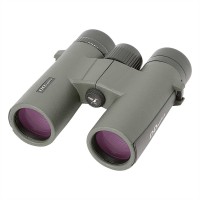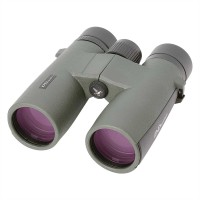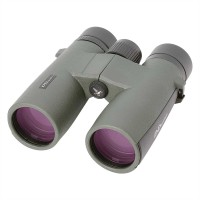
Binoculars for outdoors and leisure by DDoptics
After limiting the magnification and lens diameter for your future outdoor binoculars, the question arises of your requirements in terms of performance and quality and how you can get the best leisure binoculars for your money.
This quality depends to a large extent on technological factors, such as the quality of the materials or types of glass used, the binocular prism and lens systems used, the so-called “coating” of the optics, the processing quality and the composition of the binocular components. These factors have a decisive influence on the production costs of optical devices and are ultimately decisive for the considerable price differences between outdoor binoculars, even those of the same size. Our goal at DDoptics is to always be able to offer our customers the best leisure binoculars for their budget, without falling below our very high standard for good binoculars.

Magnification
A misconception is that higher magnification is better or is a quality criterion. Magnifications of 8-10x are recommended for binoculars used outdoors as leisure binoculars. Why? Your natural hand restlessness is transferred to the image when you hold your outdoor binoculars hands-free. High magnification thus increases image turbulence and reduces the viewing experience.
Which binoculars are suitable for outdoors?
Outdoor binoculars are quickly bought. It often only becomes clear later whether it was the right decision. Here you can find out what you should consider before buying your new outdoor binoculars in order to choose the best binoculars for your money.
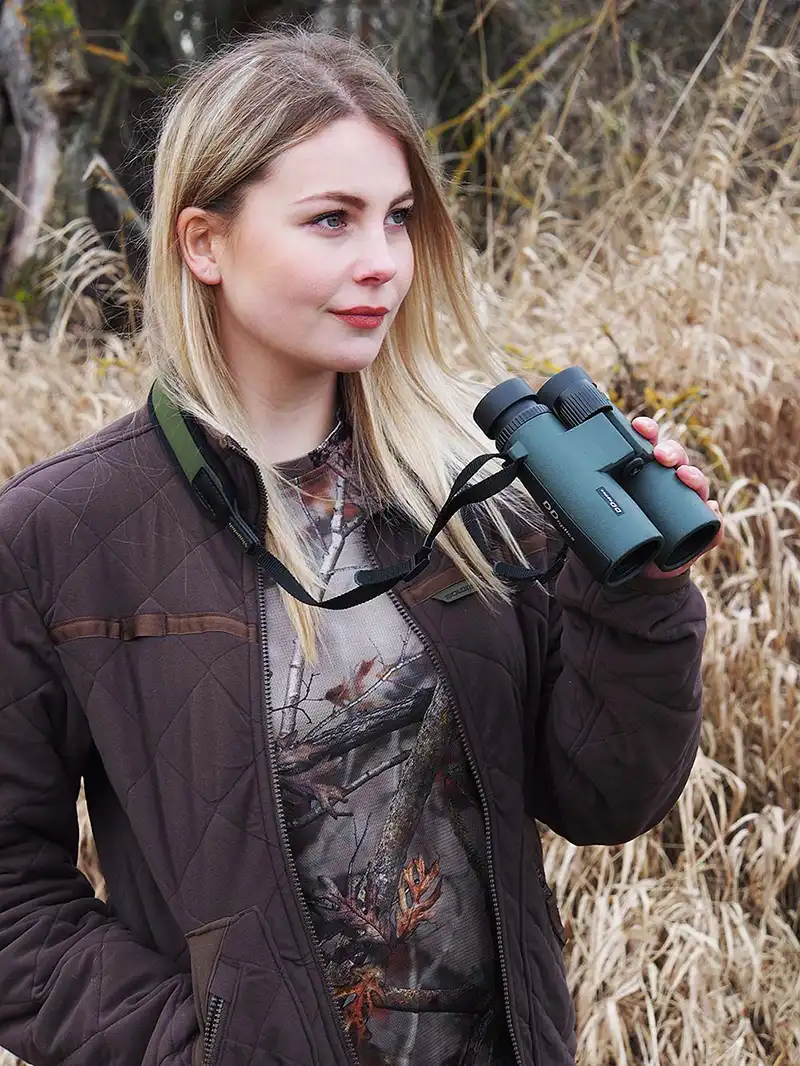

Optimal choice of prism for outdoor binoculars
Different prism systems (porro or roof prism) can be used for binoculars for hiking or outdoor binoculars. Binoculars with roof prisms are preferred by many people because of their more compact and lighter design. However, wandering glasses with Porro prisms are less complex to produce and therefore often cheaper, but the quality is not worse. The Porro design sometimes brings certain advantages in terms of light intensity, but often has a smaller field of view compared to roof prism binoculars of the same size. This rough comparison of the respective advantages and disadvantages is only intended to support you in your personal choice. Since both designs are suitable for use on hiking tours or on vacation, it is up to you to decide which properties are more important to you.
Which lens diameter for outdoor and travel binoculars?
The lens diameter of binoculars determines the light intensity of your outdoor or travel binoculars. At the same time, larger lenses also increase the weight. Binoculars with lenses > 42 mm are specially designed for twilight or night vision and are already quite heavy. As travel binoculars or outdoor binoculars, this high light intensity does not seem necessary and the associated higher weight is rather a hindrance. For this reason we recommend 25 - 42 mm lenses for your outdoor or travel binoculars. In addition, larger designs are usually more robust and better suited as outdoor equipment for trekking tours.

Outdoor binoculars & leisure binoculars by DDoptics
have one thing in common - they are brilliant, small, light and handy.
